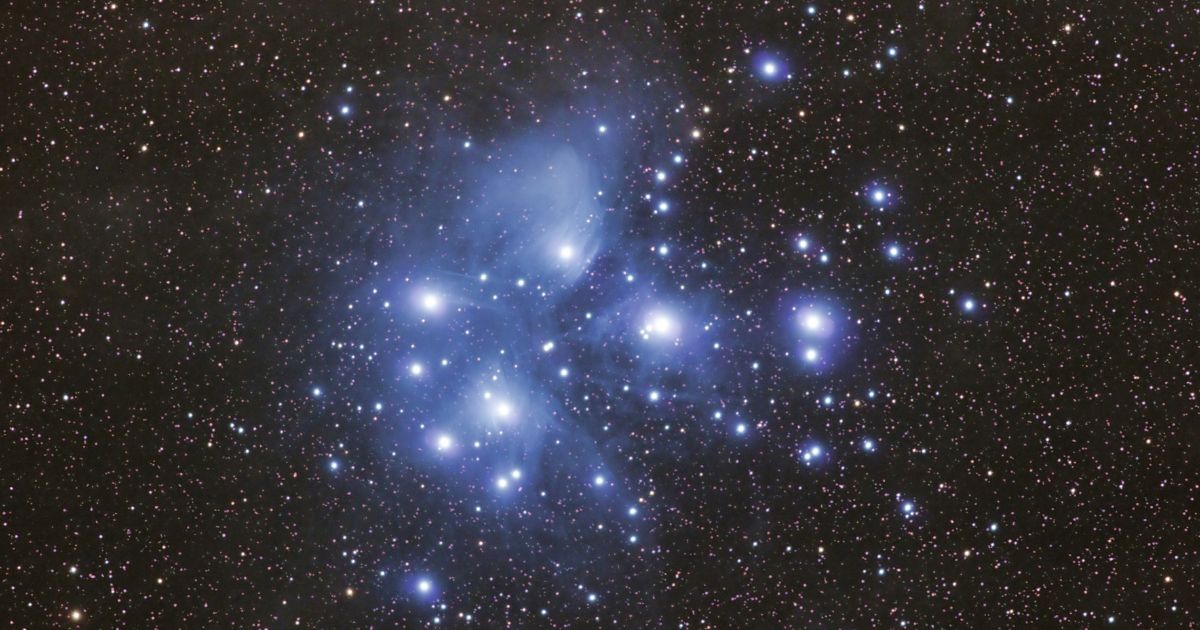Galaxies in the Universe are loaded up with amazing heavenly items, and among them, worlds stand as gigantic designs molding how we might interpret space. Every world offers a brief look into the secrets of star development, vast advancement, and the powers overseeing the universe. Beneath, we investigate nine staggering systems that will change how you see space everlastingly, revealing new points of view on the universe.
Key Focus points
- Cosmic Variety: Systems come in different shapes — twistings, ellipticals, and curious structures like rings.
- Job in Vast Development: These systems give fundamental insights about star arrangement, cosmic impacts, and grandiose development.
- Logical Achievements: Perceptions from the Hubble and Webb telescopes have altered how we might interpret far-off worlds, dark openings, and early grandiose ages.

1. Andromeda Galaxy (M31)
- Distance: 2.5 million light-years
- Type: Elliptical
The Andromeda Cosmic system is the nearest significant universe to the Smooth Way and is on an impact course with it in around 4.5 billion years. Its size and vicinity have made it a vital concentration for space experts concentrating on cosmic development.
2. Milky Way Galaxy
- Our Home World
As the universe that harbors our planetary group, the Smooth Way offers an immediate window into star development processes. Its winding arms are rich with star-shaping locales and nebulae.
3. Messier 87 (M87)
- Distance: 53 million light-years
- Type: Elliptical
M87 is home to a supermassive dark opening, broadly caught by the Occasion Skyline Telescope. This cosmic system is a center point of logical interest, giving knowledge into the mysterious idea of dark openings.
4. Phantom Galaxy (NGC 628)
- Distance: 32 million light-years
- Type: Elliptical
Late perceptions from the James Webb Space Telescope uncovered many-sided heat-discharging dust structures inside the Ghost System, offering a more profound comprehension of star development.
5. Sombrero Galaxy (M104)
- Distance: 31 million light-years
- Type: Twisting with a focal lump
The Sombrero Universe’s splendid corona and uncommonly enormous lump make it stick out, offering a chance to concentrate on the conjunction of various cosmic highlights.
6. Whirlpool Galaxy (M51)
- Distance: 23 million light-years
- Type: Elliptical
Known for its ideal winding construction, the Whirlpool Universe is effectively connecting with a more modest buddy system, giving bits of knowledge into how world impacts trigger star development.
7. Cartwheel Galaxy
- Distance: 500 million light-years
- Type: Ring Galaxy
This exceptional cosmic system was framed by an impact, bringing about an interesting ring-like design. It features the powerful idea of cosmic communications.
8. IC 1101

- Distance: 1.04 billion light-years
- Type: Supergiant Elliptical
IC 1101 is quite possibly of the biggest known cosmic system known to man, spreading over 6,000,000 light-years in width. It challenges how we might interpret cosmic arrangement and scale.
9. GN-z11

- Distance: 13.4 billion light-years
- Type: High-redshift World
GN-z11 is the most far-off world at any point noticed, offering a brief look into the universe’s initial minutes, only 350 million years after the Enormous detonation.
Benefits of Concentrating on Galaxies in the Universe
- Figuring out Star Development: Universes assist with making sense of how stars are conceived and advance.
- Signs to Vast History: The most established worlds like GN-z11 give understanding into the universe’s starting points.
- Anticipating Future Occasions: Noticing worlds like Andromeda assists stargazers with determining infinite occasions like universe consolidations.
Comparison Table of Galaxies in the Universe
| Galaxy | Type | Distance (Light-years) | Special Feature |
|---|---|---|---|
| Andromeda (M31) | Spiral | 2.5 million | On a collision course with Milky Way |
| Milky Way | Spiral | 0 | Home galaxy |
| Messier 87 (M87) | Elliptical | 53 million | Hosts a supermassive black hole |
| Phantom (NGC 628) | Spiral | 32 million | Revealed complex dust structures |
| Sombrero (M104) | Spiral | 31 million | Bright halo and bulge |
| Whirlpool (M51) | Spiral | 23 million | Interaction with companion galaxy |
| Cartwheel | Ring | 500 million | Collision-formed ring structure |
| IC 1101 | Supergiant Elliptical | 1.04 billion | One of the largest galaxies |
| GN-z11 | High-redshift | 13.4 billion | Oldest observed galaxy |
FAQs About Galaxies in the Universe
1. What is the most far-off universe at any point noticed?
The most far-off system is GN-z11, found 13.4 billion light-years away. It gives knowledge into the early universe, just a brief time after the huge explosion.
2. What will happen when the Smooth Way and Andromeda impact?
The Smooth Way and Andromeda will converge in around 4.5 billion years, logically shaping a circular universe.
3. How do space experts concentrate on far-off worlds?
Stargazers use telescopes like Hubble and Webb to notice universes in infrared and optical frequencies, permitting them to see billions of light-years into the past.
Conclusion (Galaxies in the Universe)
Investigating systems uncovers the dynamic, advancing nature of the universe. From the antiquated GN-z11 to the supermassive IC 1101, these nine universes move wonder as well as extend how we might interpret infinite galaxies in the universe. Perceptions from space telescopes like Hubble and James Webb have reformed our capacity to investigate far-off domains, offering new experiences that genuinely change how we see space.
By jumping profoundly into these surprising galaxies in the universe, we gain viewpoints on where we come from and where the universe is going, making each vast excursion an illuminating encounter.

